
Pallas’s Squirrel
Pallas's squirrel (Callosciurus erythraeus), also known as the red-bellied tree squirrel, is a species of squirrel native to Greater China, India, and Southeast Asia.
Some populations (this from Arunachal Pradesh, India) have a bright red belly, but in others it is much duller or may only have a reddish/orangish tinge
Pallas's squirrel is a medium-sized tree squirrel, with a head-body length of 16 to 28 cm (6.3 to 11.0 in), and a tail 11 to 26 cm (4.3 to 10.2 in) in length. Both sexes are of similar size and appearance, and weigh between 310 and 460 g (11 and 16 oz). The colour of the pelt varies considerably between the many different subspecies, but is generally brownish on the upper body with a more reddish tint on the belly, and often with some black on the tail. The precise pattern and shades of the fur are often used to distinguish subspecies from one another, but make it difficult to distinguish the species as a whole from other, similarly variable, tree squirrel species.
Over 30 subspecies have been identified, although not all are recognised by all authorities:
Pallas's squirrel is found throughout much of southeastern Asia, including far eastern India, Bhutan, northern and eastern Myanmar, Vietnam, parts of Cambodia and Laos, much of Thailand, northern peninsular Malaysia, Taiwan, and southern and eastern China, including Hainan . Within this region, they are found within a range of forest habitats below 3,000 m (9,800 ft) elevation, including tropical and subtropical evergreen, deciduous broadleaf, and subalpine conifer woodlands.
Populations have been introduced in the Buenos Aires Province of Argentina, Dadizele in Belgium (where initially mistaken for Père David's rock squirrel), the Netherlands, Cap d'Antibes in France, and Japan. In these regions it is considered an invasive species, as it can cause considerable damage to trees and may outcompete native wildlife such as the red squirrel. In 2016, the species was included in the European list of Invasive Alien Species of Union concern (the Union list). This implies that it cannot be imported, bred, transported, commercialized, or intentionally released into the environment in the whole of the European Union.
Callosciurus erythraeus erythraeus - From various locations in Thailand





































Pallas's Squirrel (Callosciurus erythraeus) Kaeng Krachan National Park Thailand, Jan 2025



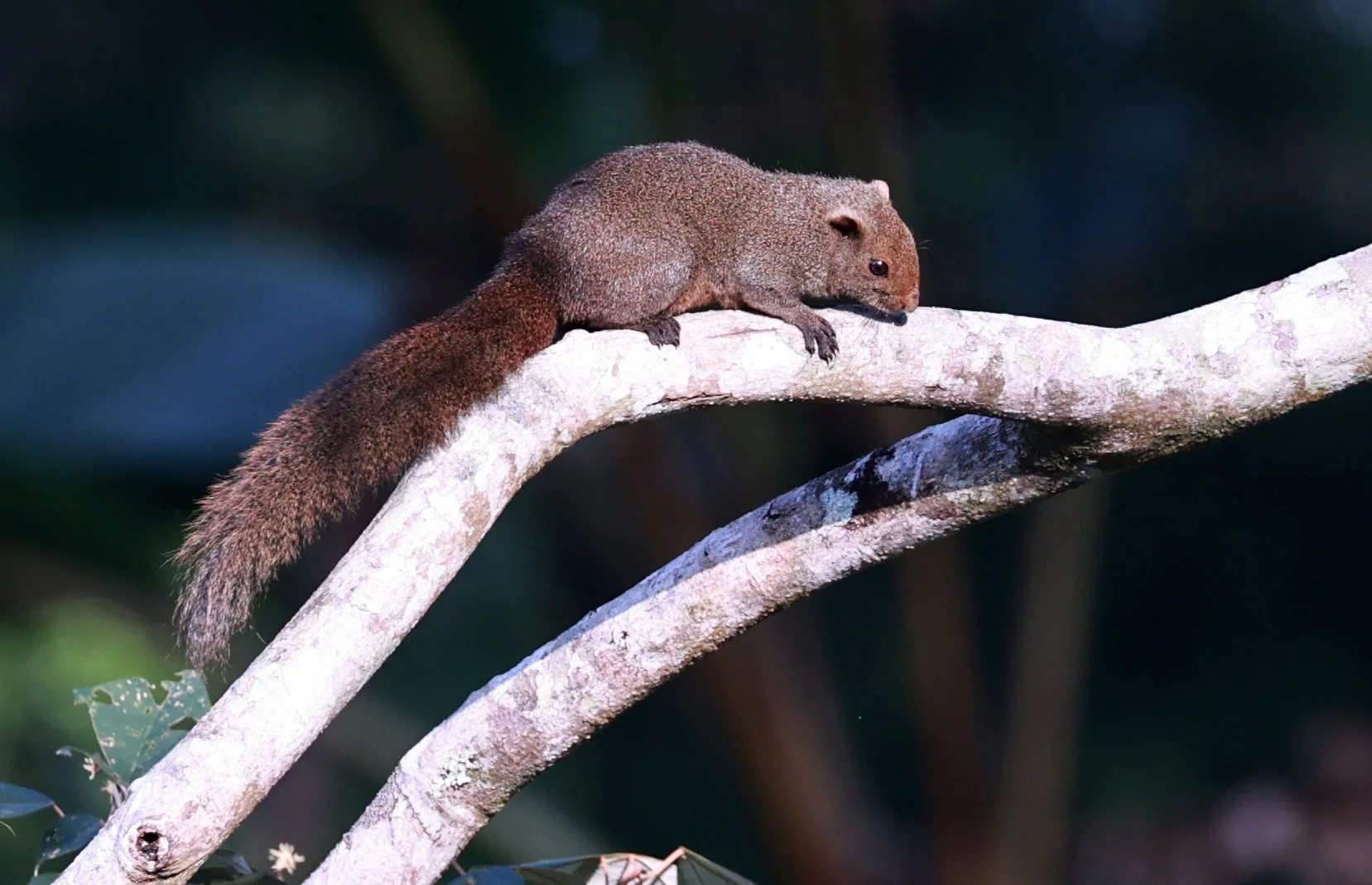






































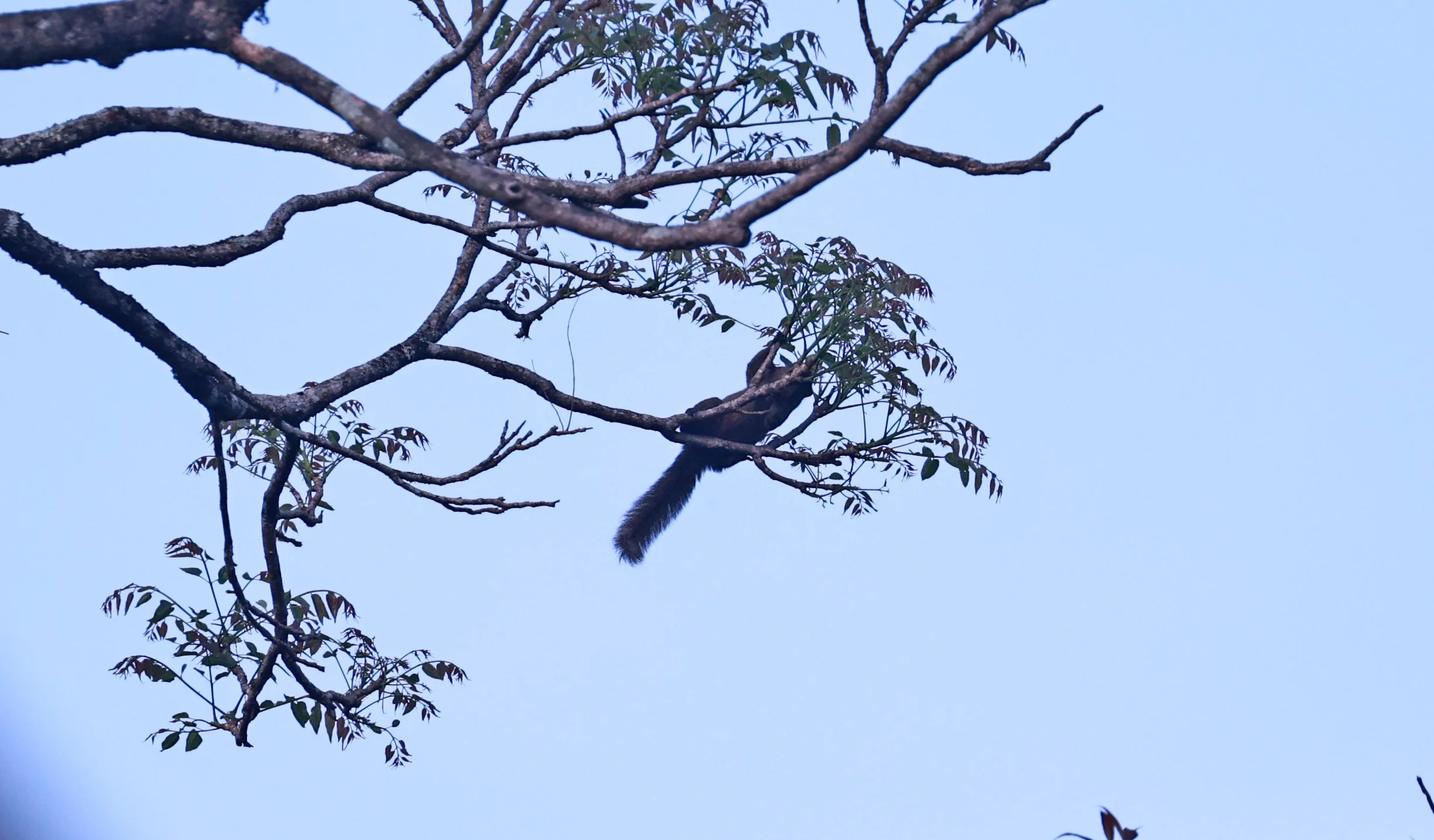

















































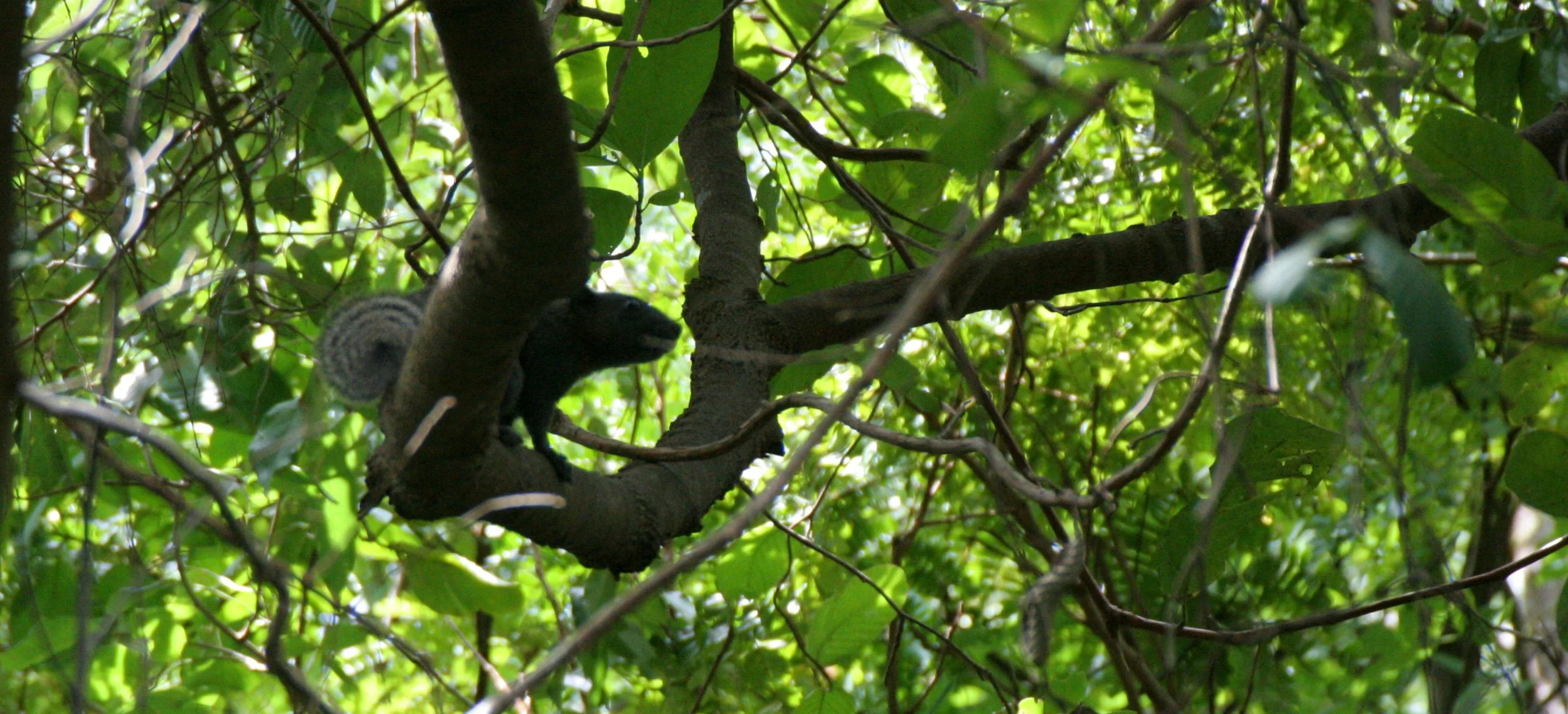



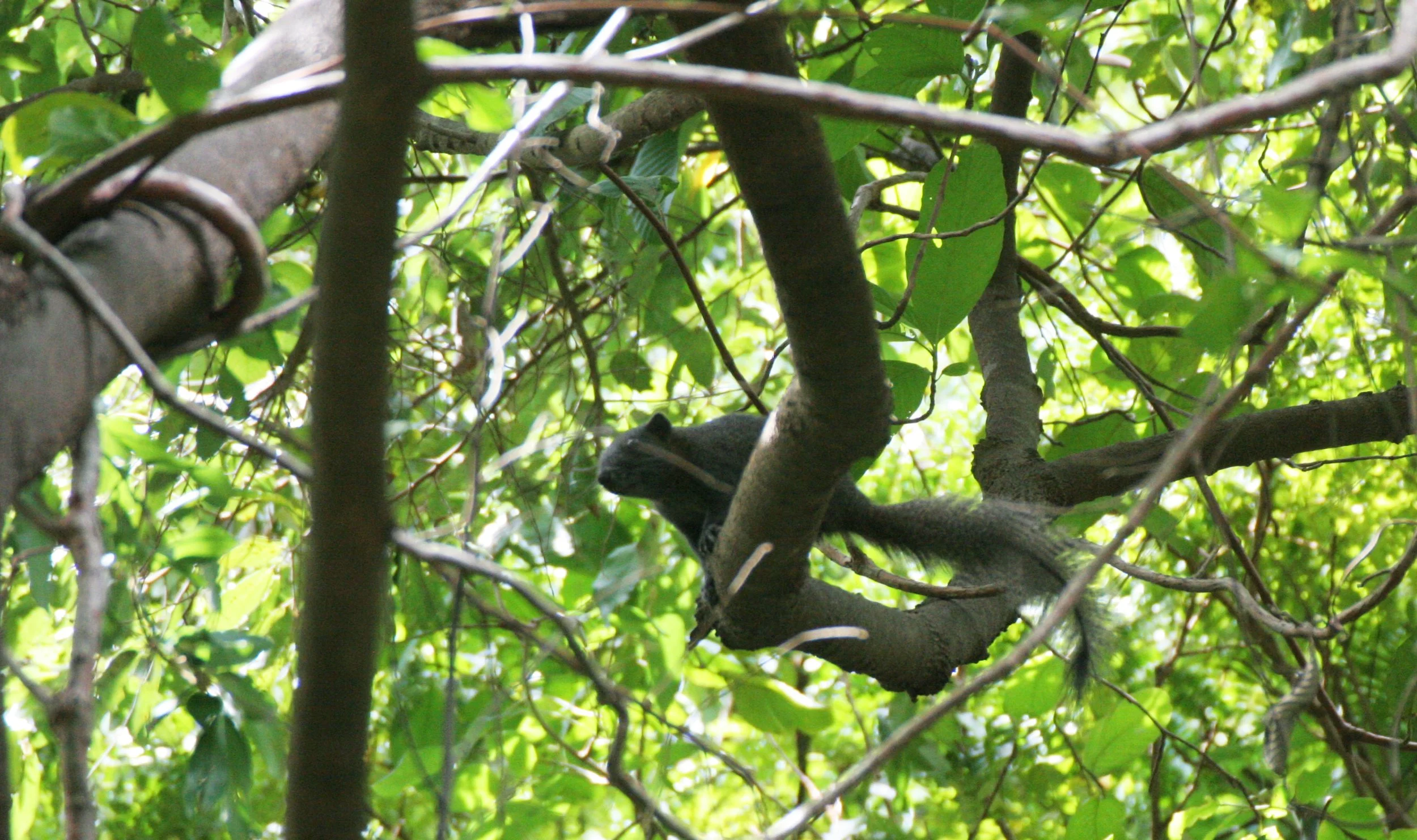




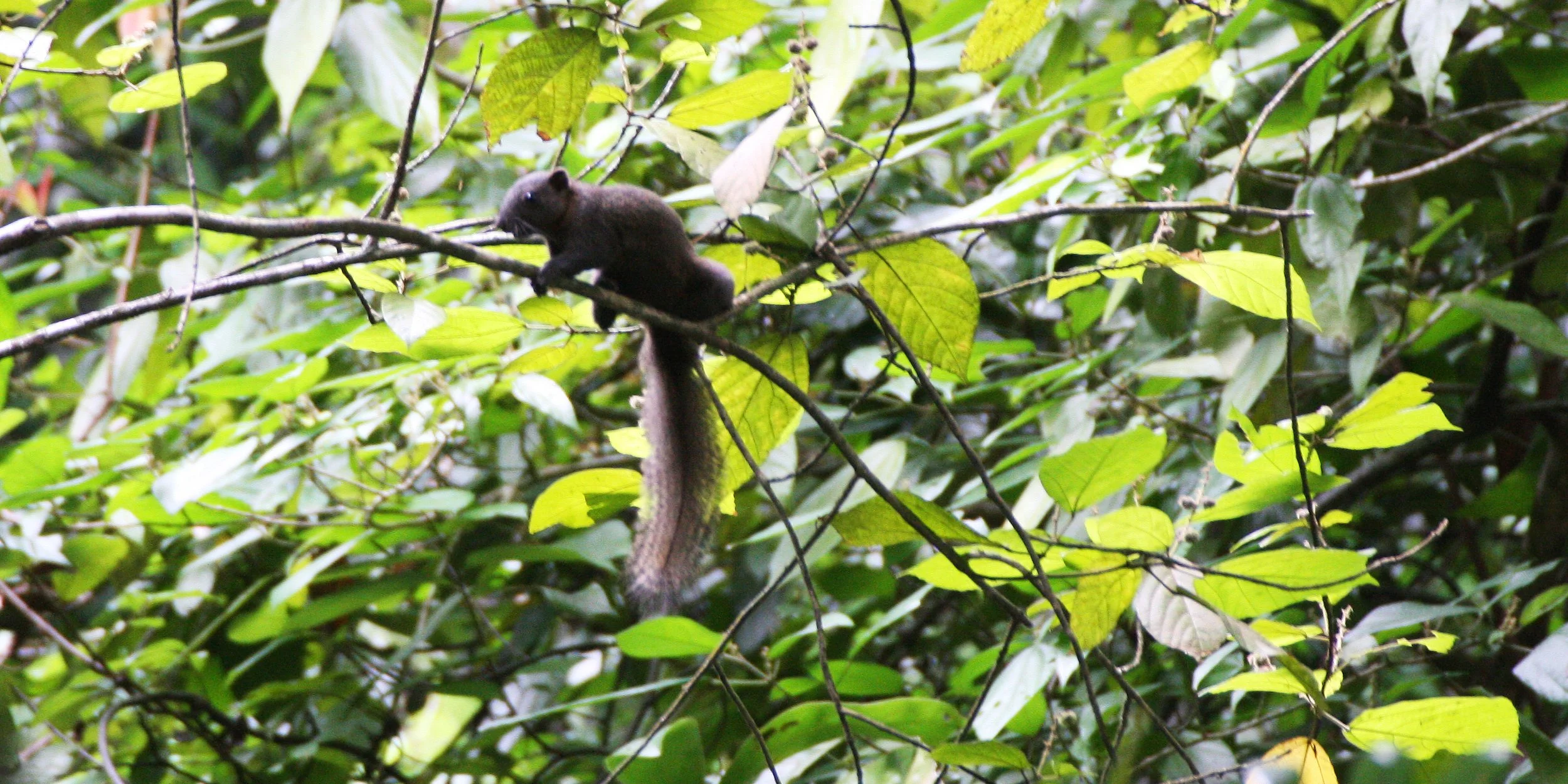



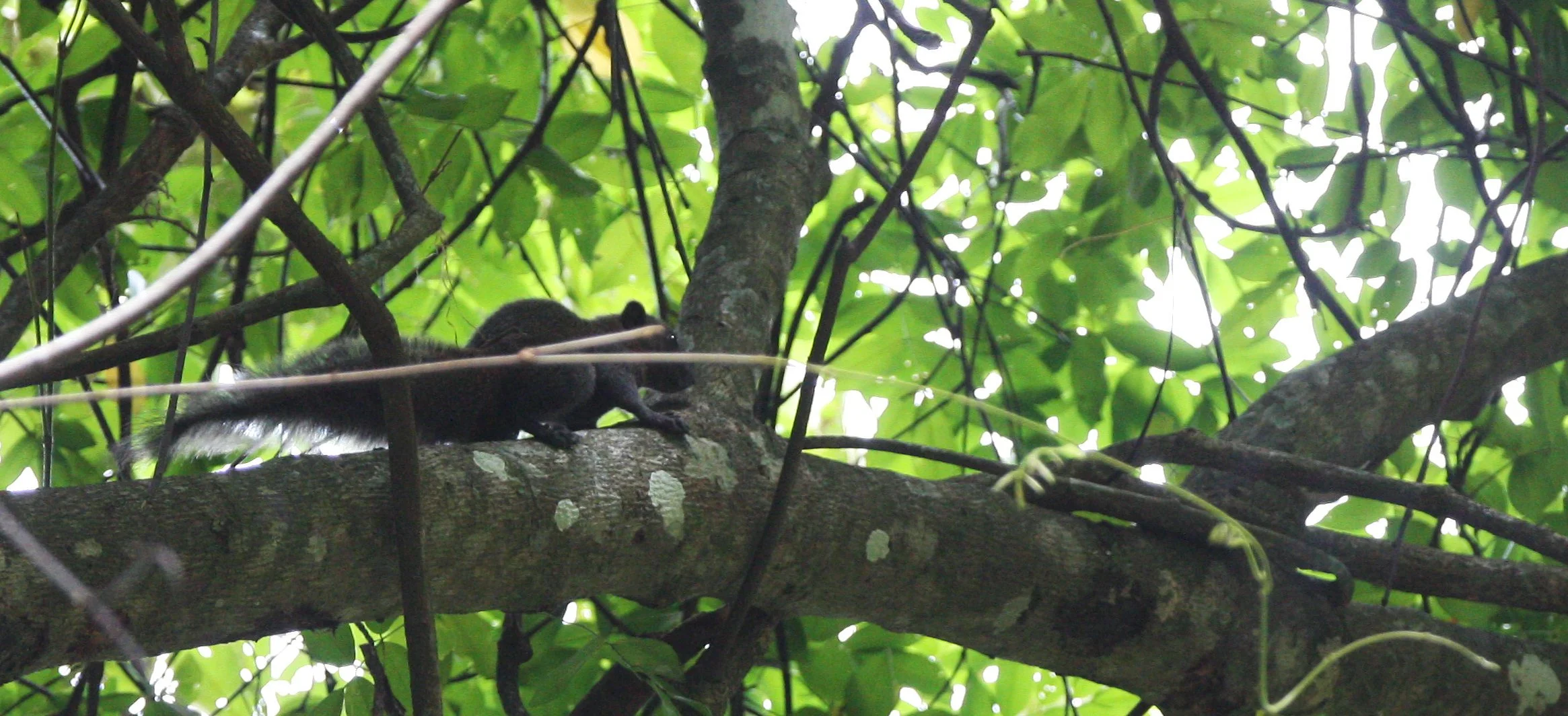

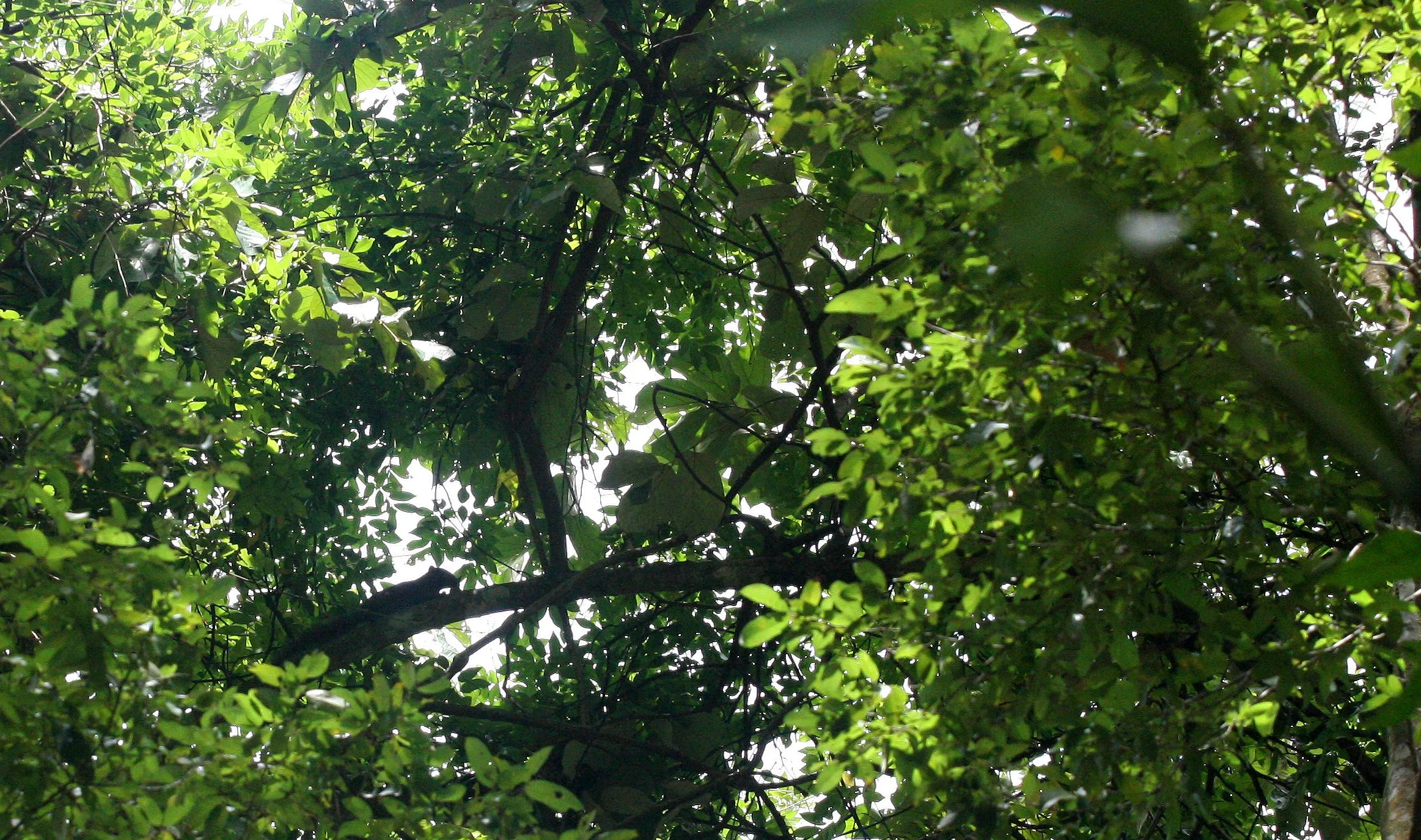



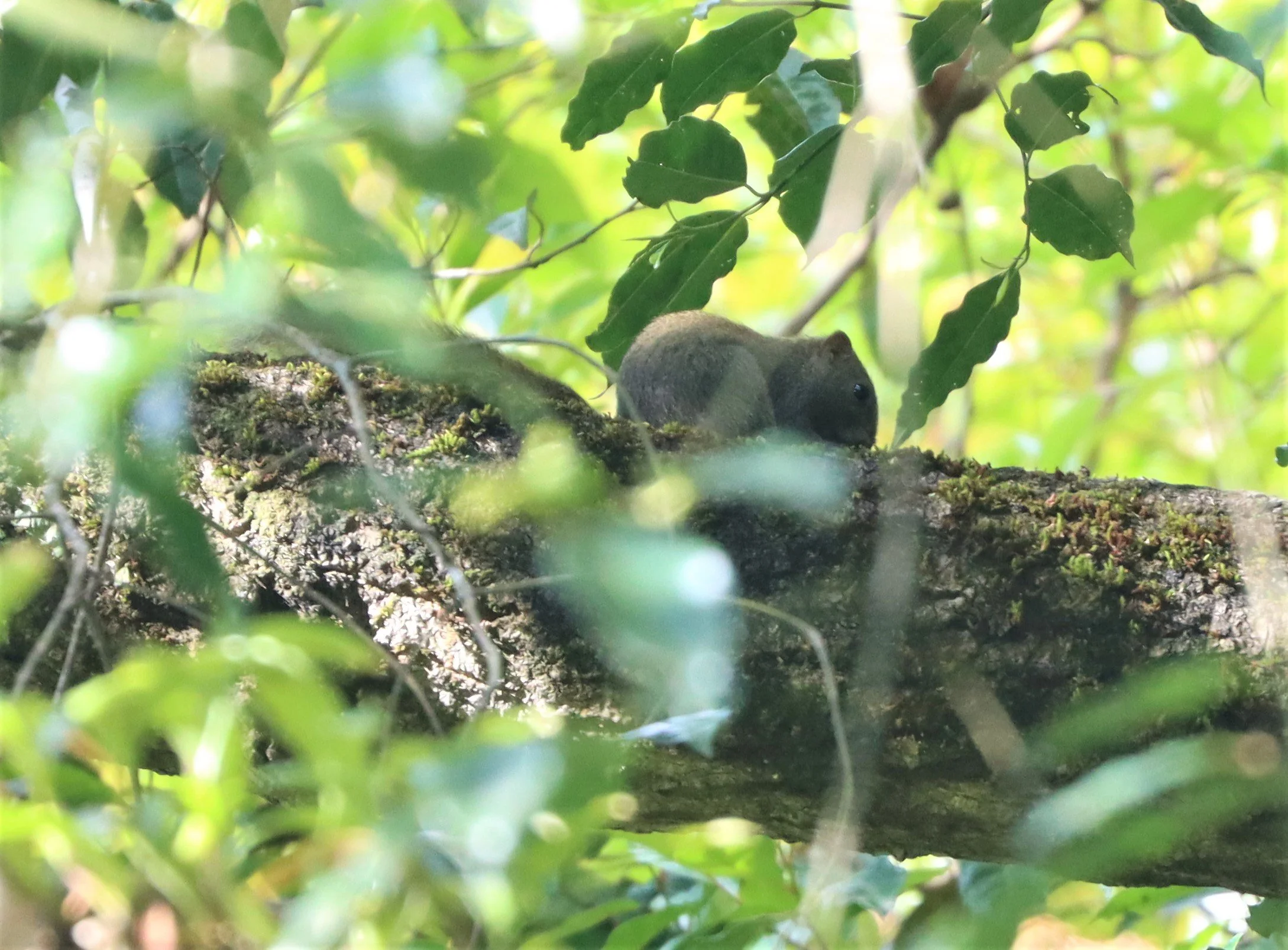








Callosciurus erythraeus atrodorsalis - Subspecies seen in Khao Ban Dai Station Huai Kha Khaeng Wildlife Sanctuary Thailand








Pallas’s Squirrel Mainland China Populations (Callosciurus erythraeus) Hongcun Village in Anhui Province and Shanghai Metropolitan Area















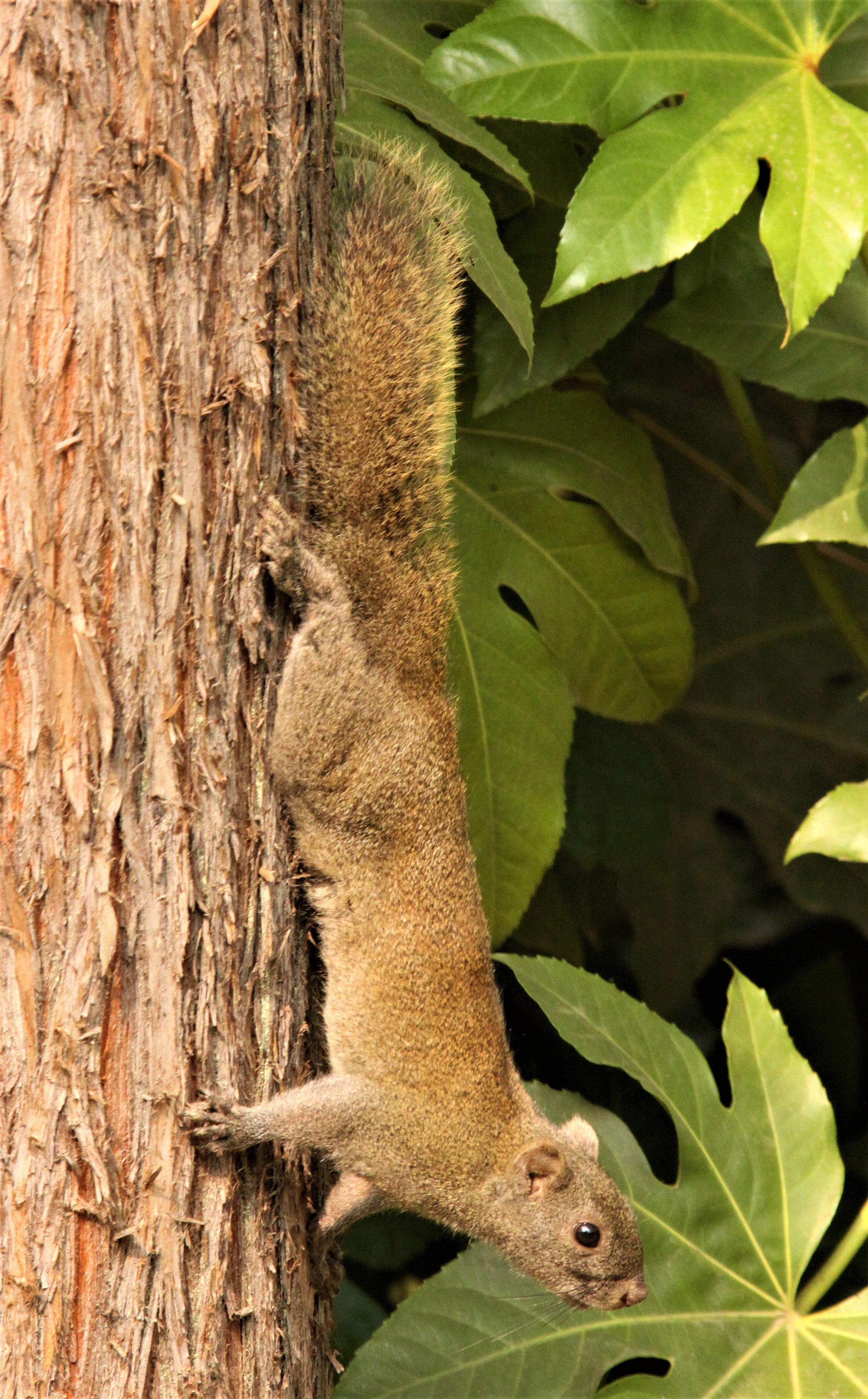


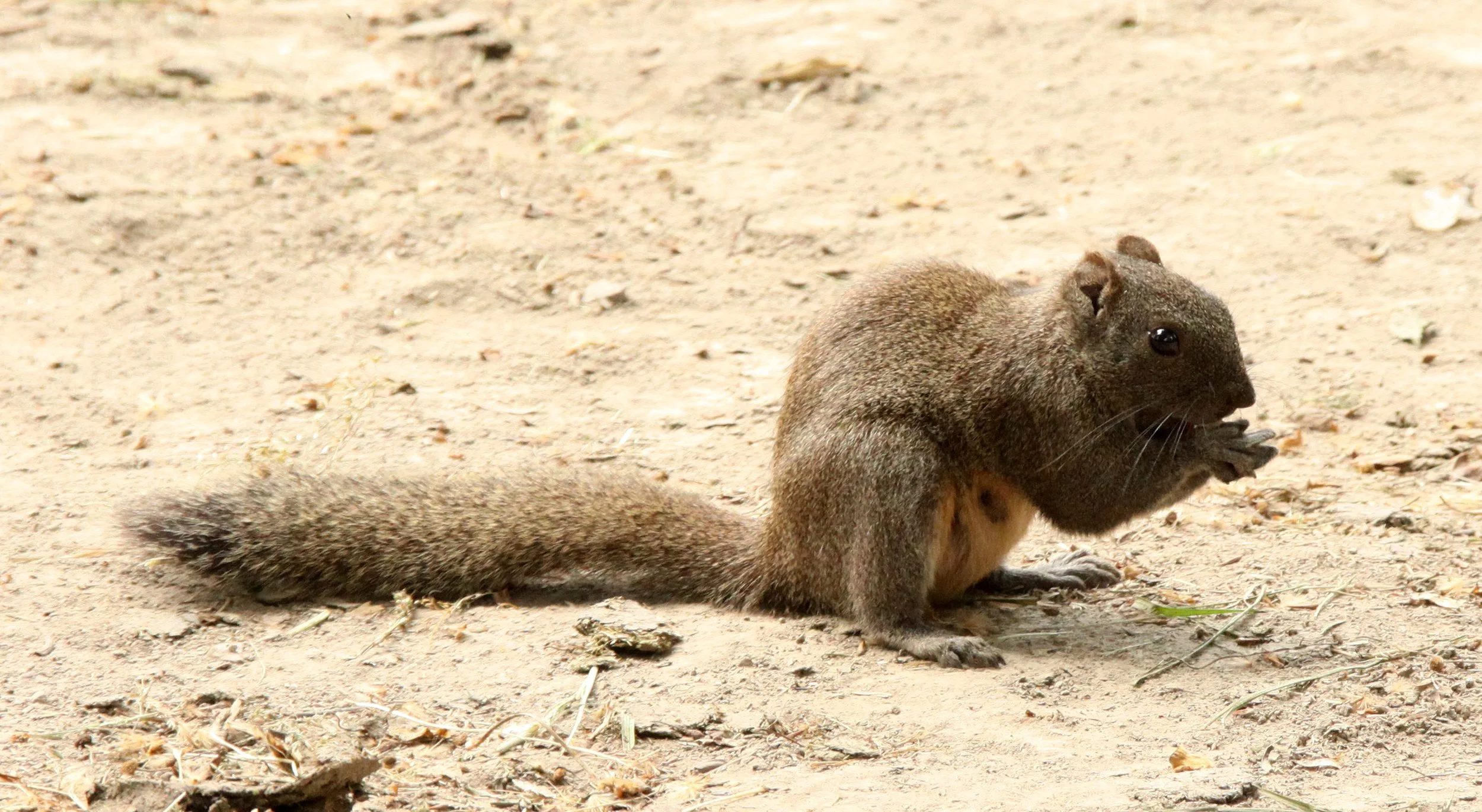


Callosciurus erythraeus flavimanus - Viet Nam populations - Cat Tien and Phong Nga National Parks




















Callosciurus erythraeus thai - Thai Subspecies on Doi Suthep


















Callosciurus erythraeus thai - Thai Subspecies on Doi Ang Khang, Chiang Mai December 2024

Pallas's Squirrel (Callosciurus erythraeus) Doi Ang Khang, Chiang Mai December 2024

















